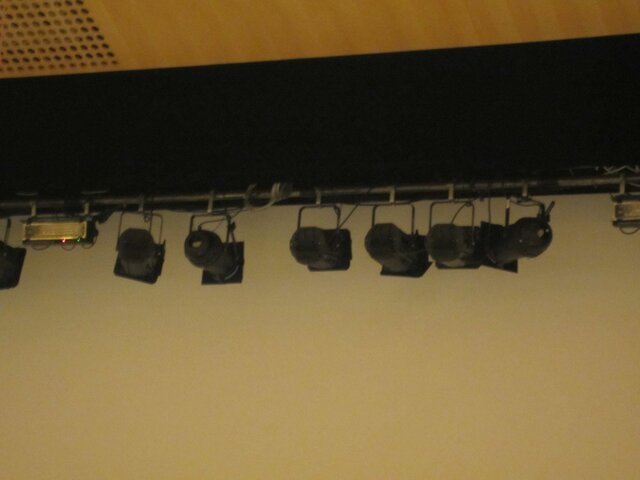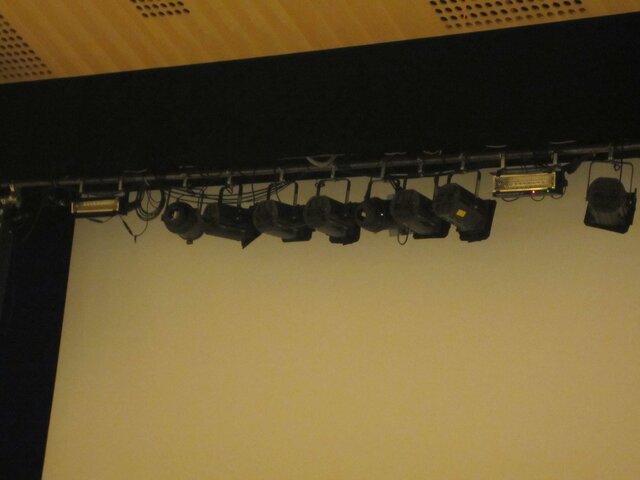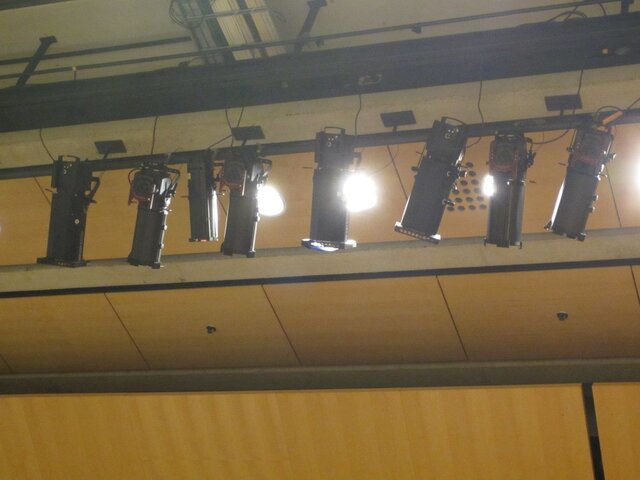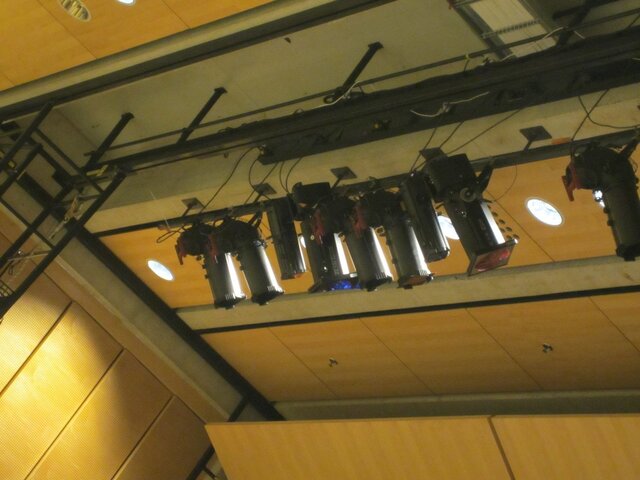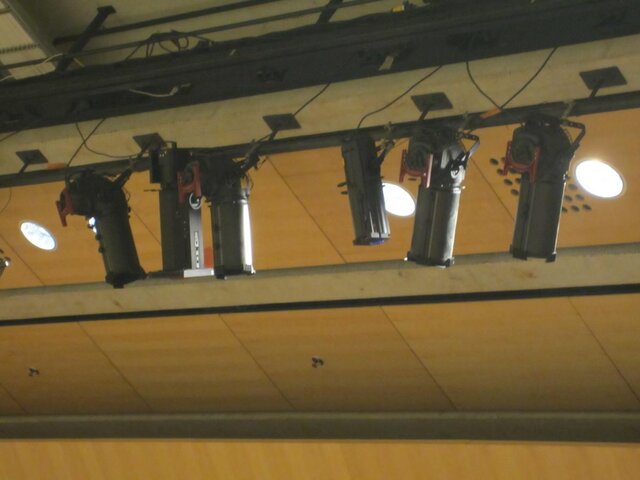I am doing lightning design for the first time.
This is a production completely run by volunteers. I have no experience with lightning design and we are planning for a lot of trial and error and playing around and trying things.
This is differently than what I understand from CB that it works in US. There is no one staffed by the College to help out and the only thing we get from the College is the ability to rent the auditorium with equipment at a good rent.(And by the way we are not theatre students, we are engineering students). So we have no budget for getting rentals.
We are lightning a musical with many numbers of singing/dancing with 3-6 actors on stage.
I have read a book(translated) by Francis Ried
Just got my hands on started looking at:
Basics – A Beginners Guide to Stage Lighting by Peter Coleman
A Practical Guide to Stage Lighting by Steven Louis Shelley
This thread was very interesting.
http://www.controlbooth.com/forums/lighting-electrics/24908-light-system-help.html
We are planning to divide the stage into six parts 3 down and 3 up, the stage is quite deep. I've added some pictures I was able to take at another event. The strobes aren't part of the house rig, but the rest are. We are allowed to use everything except six of the ERS (?) in the position in the house and a few of the Fresnel over the stage. Those we are not allowed to focus or gel since they use the for conferences but we may of course use them as they are. There are more fresnels over the Stage.
Since we have limited amount of time for trial and error I am looking for some initial advice for "general stage lightning". We were planning too try with lightning with a warm and a cold for every zone. Looking at the plots in Peter Colemans book he doubles up with booth warm and cold from every side. We do not got enough lamps for that. Do you think it will work to only use the ERS(if that is the correct term for those in the House position) for the front three zones and then use the fresnel at the edge of the stage for the back zones or will they greatly benefit from also being lit from the house position. We would like to have some ERS left for "special effects".
So what do you think? Do you have any advice that will save us some initial trial and error?
I hope this was understandable, I am not used to theatre language I do pyro normally?





This is a production completely run by volunteers. I have no experience with lightning design and we are planning for a lot of trial and error and playing around and trying things.
This is differently than what I understand from CB that it works in US. There is no one staffed by the College to help out and the only thing we get from the College is the ability to rent the auditorium with equipment at a good rent.(And by the way we are not theatre students, we are engineering students). So we have no budget for getting rentals.
We are lightning a musical with many numbers of singing/dancing with 3-6 actors on stage.
I have read a book(translated) by Francis Ried
Just got my hands on started looking at:
Basics – A Beginners Guide to Stage Lighting by Peter Coleman
A Practical Guide to Stage Lighting by Steven Louis Shelley
This thread was very interesting.
http://www.controlbooth.com/forums/lighting-electrics/24908-light-system-help.html
We are planning to divide the stage into six parts 3 down and 3 up, the stage is quite deep. I've added some pictures I was able to take at another event. The strobes aren't part of the house rig, but the rest are. We are allowed to use everything except six of the ERS (?) in the position in the house and a few of the Fresnel over the stage. Those we are not allowed to focus or gel since they use the for conferences but we may of course use them as they are. There are more fresnels over the Stage.
Since we have limited amount of time for trial and error I am looking for some initial advice for "general stage lightning". We were planning too try with lightning with a warm and a cold for every zone. Looking at the plots in Peter Colemans book he doubles up with booth warm and cold from every side. We do not got enough lamps for that. Do you think it will work to only use the ERS(if that is the correct term for those in the House position) for the front three zones and then use the fresnel at the edge of the stage for the back zones or will they greatly benefit from also being lit from the house position. We would like to have some ERS left for "special effects".
So what do you think? Do you have any advice that will save us some initial trial and error?
I hope this was understandable, I am not used to theatre language I do pyro normally?
